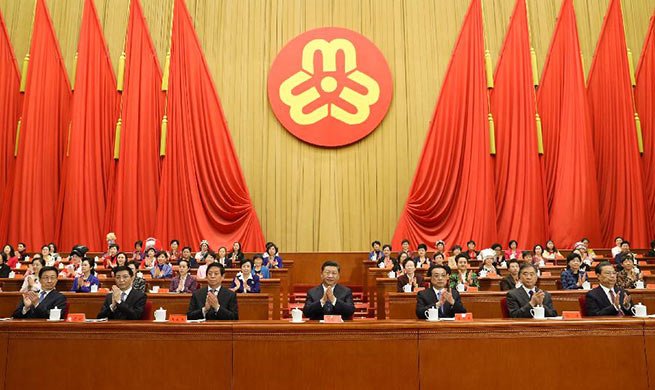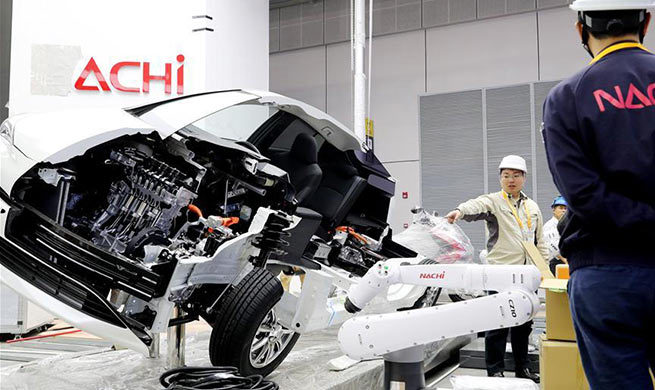GENEVA, Oct. 30 (Xinhua) -- Swiss researchers have developed a method for calculating the carbon footprint of energy used in the country on an hourly basis rather than as a yearly average, shedding important light on an otherwise obscure industry, the Swiss Federal Institute of Technology Lausanne (EPFL) said Tuesday.
Despite recent advances in power grid technology, engineers still struggle to measure the carbon footprint of one kilowatt-hour (kWh) of energy used in Switzerland, because of the many different variables that must be taken into account.
The carbon footprint of the country's energy use is currently calculated as a yearly average, even though it varies considerably throughout the day. Meanwhile, Switzerland makes some of its own electricity and imports and exports it with France, Germany, Austria and Italy, which makes it even harder to know which country the energy used at any given time comes from.
EPFL researchers have now succeeded in performing a more granular calculation using a pan-European database of hourly power generation figures by country over the course of a given year from 2015 to 2016. This breakthrough can give electricity suppliers and consumers more detailed information on how they use this important resource.
They converted the kWh from the database into a carbon equivalent based on the entire life cycle of the electricity source, such as nuclear, carbon, hydraulic, etc... Each kWh generated was assigned a certain number of carbon emissions based on whether it originates from fossil fuels or renewable energy. Then they developed a series of graphs that engineers can use to quickly see what kind of energy is consumed in Switzerland on an hourly basis over the course of a year.
The study shows that the carbon footprint of electricity generated at certain times of day is up to five times higher than estimated, and that if one charges his or her smartphone in the afternoon, for example, it's more likely to draw on a renewable energy source than when charging it in the evening.
The researchers have published their data in the open-access journal Data in Brief, so that engineers and businesses can use them freely. They hope their method will prompt consumers and businesses to be more intelligent when they turn on the power switch.
They also still believe more efforts are needed to encourage grid operators to provide more transparent information, so that their method can be improved further.
As Switzerland hopes to become a 2,000-watt society by 2050, supporting the energy transition would need accurate, reliable methods for calculating the country's environmental impact and implementing alternatives to fossil fuels, the researchers said, adding that their method is highly effective in helping Switzerland meet its 2050 energy goals.













